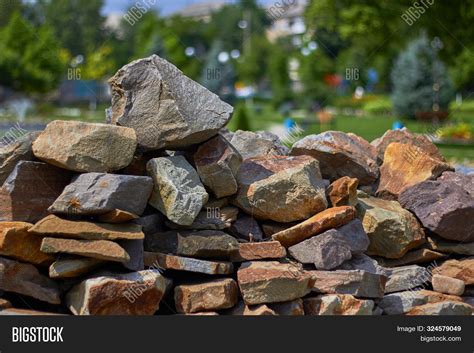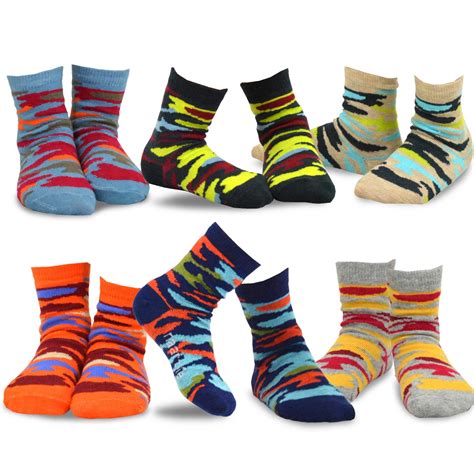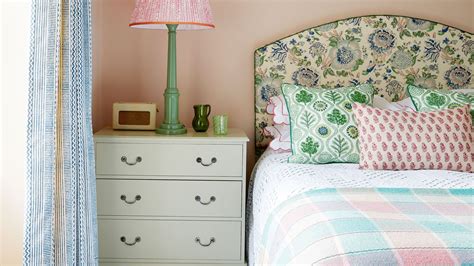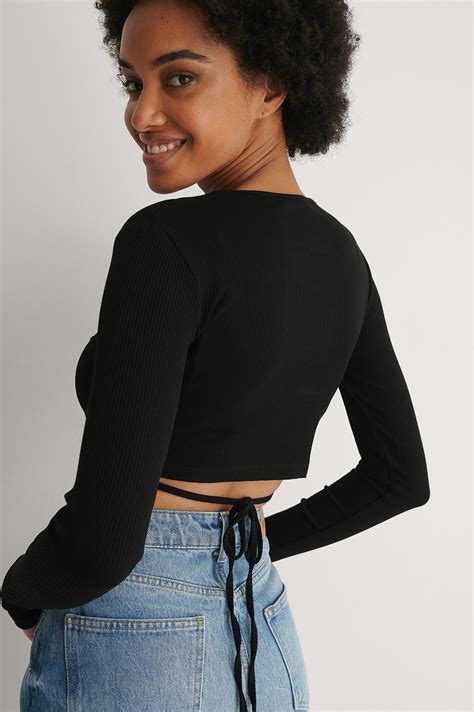The Great Sock Debate: Comfort vs. Performance
For something as seemingly simple as a pair of socks, the choice of material can significantly impact your comfort, foot health, and overall daily experience. The perennial debate often boils down to two main contenders: the tried-and-true classic cotton, and the growing array of quick-drying, performance-oriented fabrics. But which one truly deserves a prime spot in your sock drawer?
The Enduring Appeal of Classic Cotton
Cotton socks have long been a staple, cherished for their immediate softness and breathability. For casual wear, lounging around the house, or light daily activities, cotton offers an undeniable comfort. It feels natural against the skin, is widely available, and typically more affordable than its high-tech counterparts. Cotton’s breathability is a plus in dry, moderate conditions, allowing feet to stay cool and comfortable.
However, cotton has a significant drawback: its ability to absorb and retain moisture. Once wet, whether from sweat, rain, or a spilled drink, cotton loses its insulating properties and takes a long time to dry. This can lead to discomfort, chafing, and in more active scenarios, an increased risk of blisters and fungal issues.

The Rise of Quick-Drying Materials
In contrast, quick-drying materials are engineered to wick moisture away from the skin and dry rapidly. These often include synthetic fibers like polyester, nylon, and polypropylene, or natural alternatives such as merino wool. Each offers distinct advantages:
- Synthetics: Known for their exceptional moisture-wicking properties, durability, and fast drying times. They are often more resistant to wear and tear, making them ideal for athletic pursuits, hiking, and travel. Modern synthetics can also be treated for odor control.
- Merino Wool: A natural wonder, merino wool excels at temperature regulation, keeping feet warm in cold conditions and cool in warm ones. It’s naturally moisture-wicking, incredibly soft (not itchy like traditional wool), and boasts excellent natural odor resistance, making it a favorite for multi-day wear without washing.
The primary benefit of these materials is their ability to keep your feet dry and comfortable, preventing the dampness that can lead to blisters, cold feet, and unpleasant odors. They are the go-to choice for anyone with an active lifestyle, living in humid climates, or engaging in activities where wet feet are a concern.

Tailoring Your Choice to Your Lifestyle
The best sock material truly depends on your specific needs and activities:
- For Casual Everyday Wear: If your day involves light activity and you prioritize immediate comfort, classic cotton can be perfectly adequate, especially in dry, mild conditions.
- For Active Pursuits & Sports: From hitting the gym to hiking trails or running marathons, quick-drying synthetics or merino wool are superior. They manage sweat effectively, reduce friction, and keep your feet blister-free.
- For Travel: Quick-drying socks are a traveler’s best friend. They can be washed in a sink and hung to dry overnight, minimizing the number of socks you need to pack.
- For Professional & Dress Wear: Blends or finer merino wool socks often offer a good balance of comfort, breathability, and a polished look without sacrificing moisture management.

Blends and Hybrid Solutions
Many manufacturers now offer socks that combine the best of both worlds. Blends of cotton with synthetics, or merino wool with nylon, aim to enhance durability, improve drying times, or offer a unique feel. These hybrid options can be an excellent compromise for those who want some of cotton’s comfort with added performance features.

Making Your Personal Pick
Ultimately, the choice between quick-drying materials and classic cotton for your everyday socks comes down to a few personal considerations: your typical daily activities, the climate you live in, your budget, and what simply feels best on your feet. It’s often beneficial to have a mix of both in your wardrobe, reserving cotton for leisurely days and quick-drying options for when performance and comfort truly count.
Experiment with different materials and brands to discover what works best for your unique feet and lifestyle. Prioritizing your foot health and comfort is a small investment that pays big dividends in your overall well-being.





